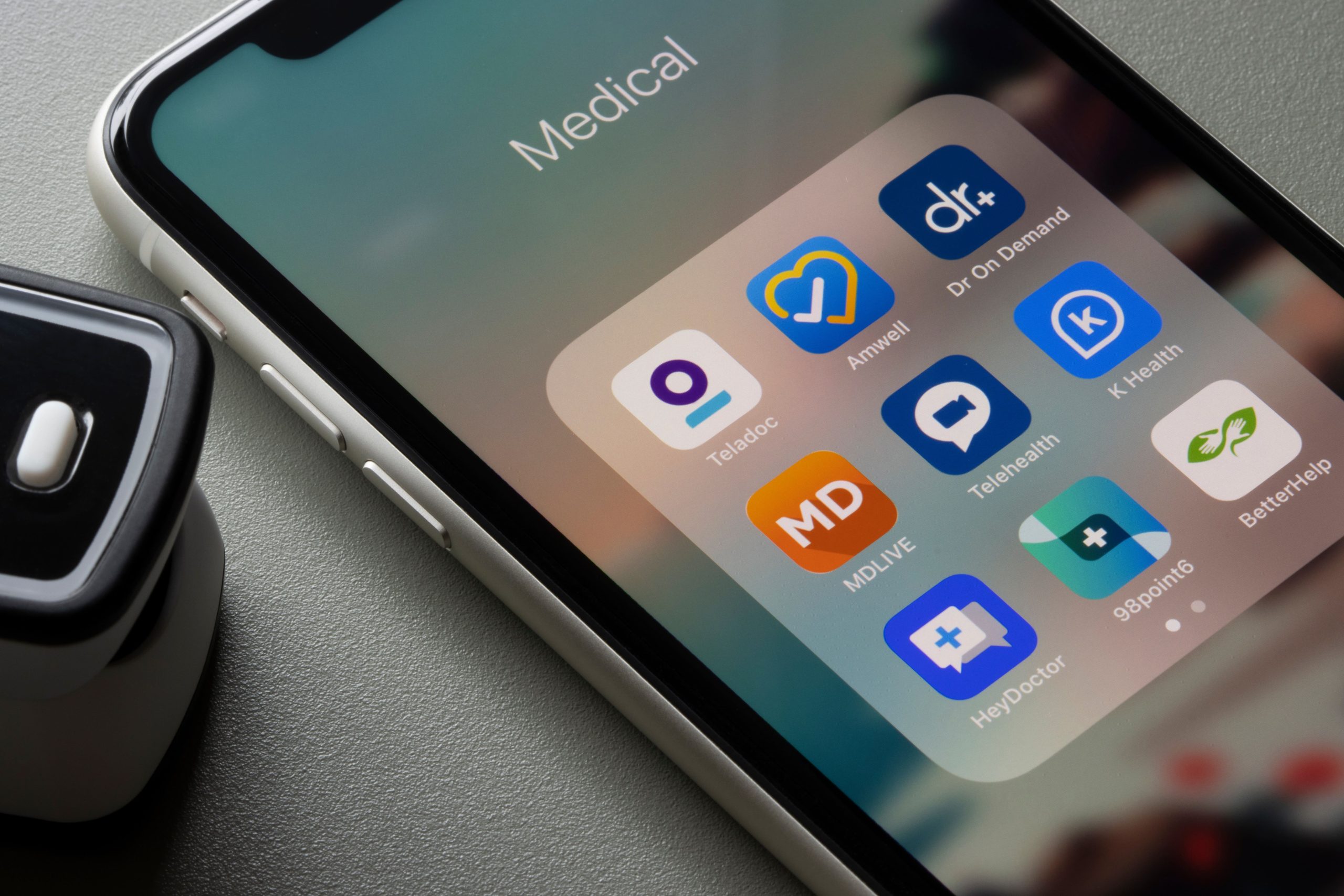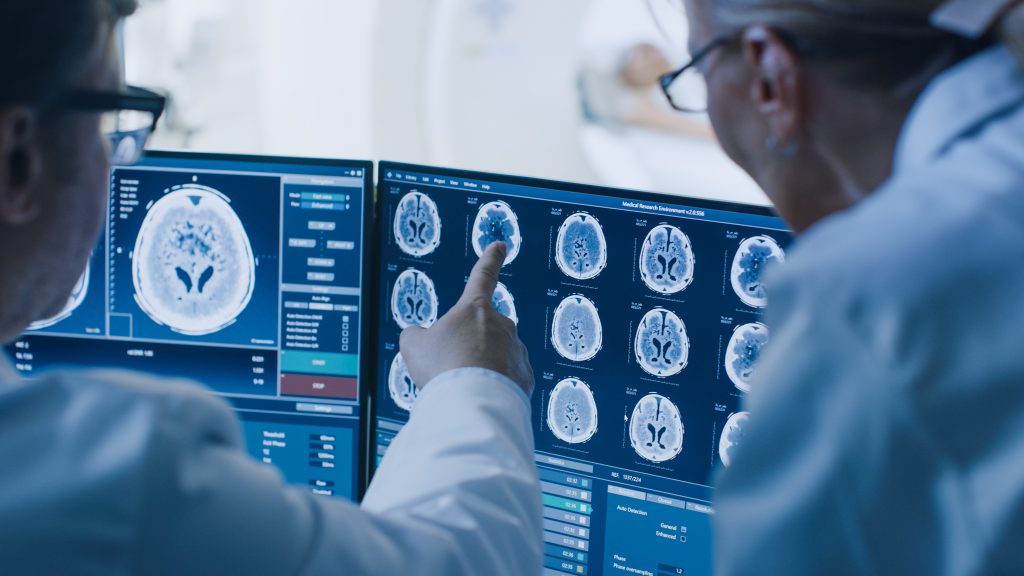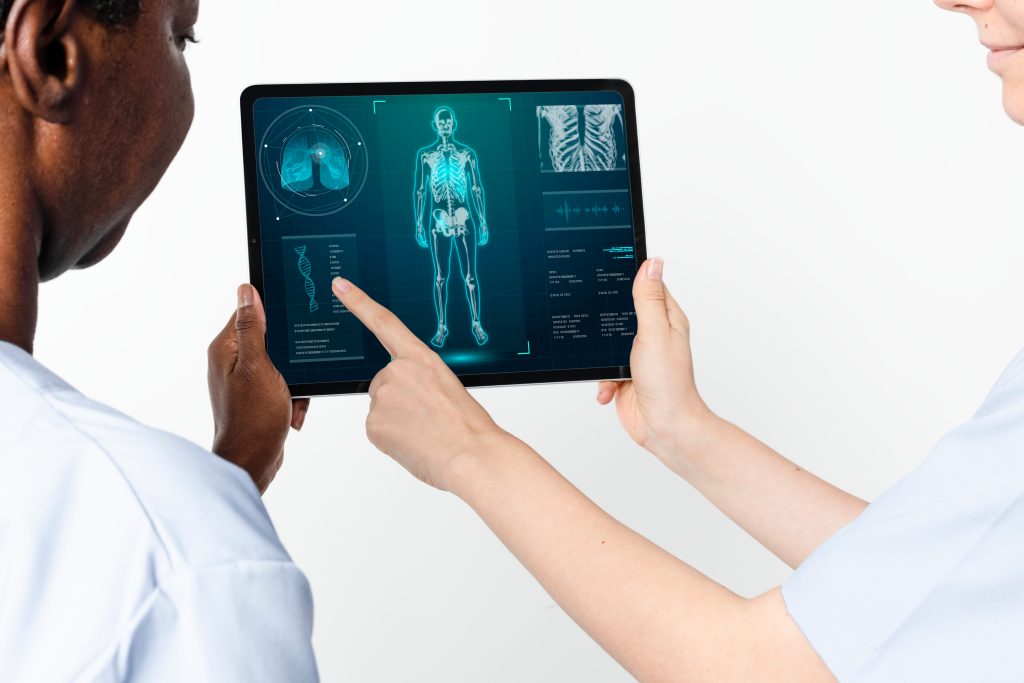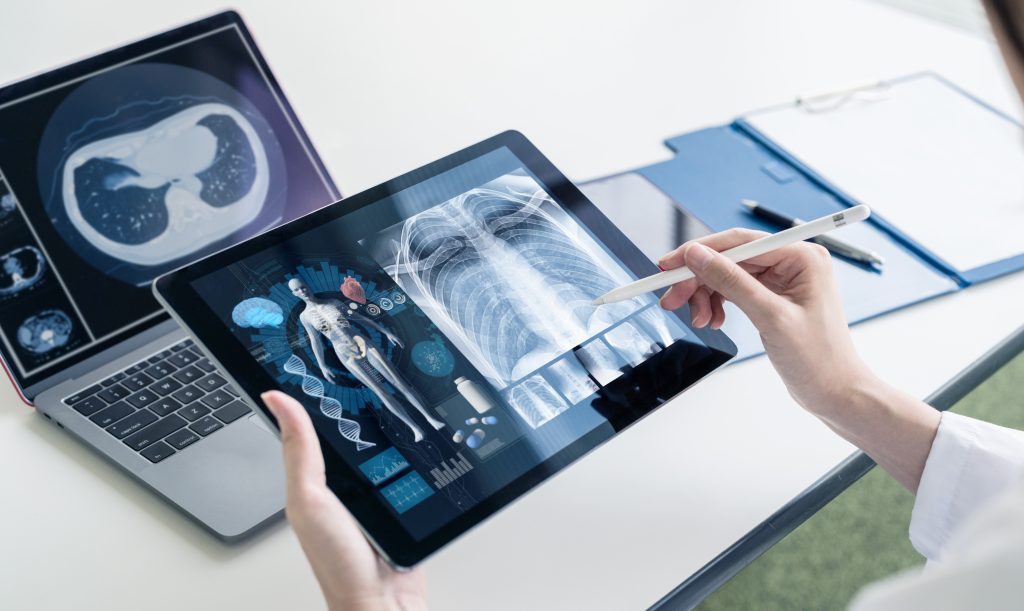
In recent years, the digital diagnostics sector has witnessed significant growth driven by advancing technology, increasing demand for personalised healthcare, and a growing need for efficient and accessible diagnostic solutions. As the digital diagnostics market continues to grow, so does the importance of protecting innovations in this field. In this regard, applicants should be aware that many patent systems exclude diagnostic methods from patentability. Although this exclusion is considered well understood when applied to conventional diagnostic methods, there is currently some uncertainty as to how the exclusion should be applied to digital diagnostic methods. In particular, when an invention includes a number of hardware features, but the core of the invention relates to a method of diagnosis that is implemented by software, it can be unclear whether the diagnostic exclusion should apply. Given the recent proliferation of digital diagnostic inventions, this has now become a critical topic to explore.
Focusing on Europe, which is the second largest jurisdiction for patent filings in the digital diagnostics sector, in this article we outline the key legal aspects relating to the diagnostic methods exclusion, discuss the relevance of the exclusion to digital diagnostic inventions, and advise applicants how best to protect their innovations in this field.
The exclusion
The exclusion from patentability of diagnostic methods at the European Patent Office (EPO) is defined in Article 53(c) EPC:
‘European patents shall not be granted in respect of … diagnostic methods practised on the human or animal body’.
The purpose of this exclusion is to prevent the legal rights provided by a granted patent inhibiting medical practitioners from taking actions they consider appropriate to diagnose illnesses. Notably, this exclusion only applies when a diagnostic technique is claimed as a method per se, such that it is usually possible to circumvent the exclusion by claiming the invention as a device that is configured to perform the diagnostic method.
In certain cases, however, claiming a device alone may not provide the best possible scope of protection, particularly in the field of digital diagnostics, where the essence of the invention often relates to how data is processed rather than the actual device or sensor used to obtain the data. For example, it may be possible for a competitor to implement a digital diagnostic method using a number of remote devices operating in combination, such that a claim directed to a single device performing the diagnostic method may not be infringed. Furthermore, there has been recent case law concerning the related therapeutic method exclusion, where it was held that simply reformulating a method claim as a product claim was not sufficient to overcome the exclusion. Therefore, in order to maximise the commercial value of a patent it is important to understand how the diagnostic methods exception is applied by the EPO.
The conditions necessary for the diagnostic exclusion to apply were clarified by the Enlarged Board of Appeal in G1/04, in which it was held that a claimed diagnostic method is only excluded from patentability if it includes each of the following steps:
- the examination phase involving the collection of data;
- the comparison of these data with standard values;
- the finding of any significant deviation (i.e. a symptom) during the comparison; and
- the attribution of the deviation to a particular clinical picture (i.e. the deductive medical or veterinary decision phase),
with the requirement that any of steps (1) to (3) which are of a technical nature must all be practised on the human or animal body.
The Enlarged Board also noted that, in practice, the requirement regarding ‘technical nature’ means that steps (2) and (3) can typically be disregarded, as they are considered to be mathematical steps which are not of a technical nature. This means that we can solely focus on the examination phase (i.e. the collection of data) when assessing whether a digital diagnostic method is practised on the human or animal body.
How is the exclusion applied?
A key consideration that naturally follows is under what conditions a method is considered to be ‘practised on a human or animal body’. In G1/04, the Enlarged Board provided further clarification to help applicants answer this question, stating:
‘[a method step satisfies] the criterion “practised on the human or animal body” if its performance implies any interaction with the human or animal body, necessitating the presence of the latter.’
For conventional diagnostics techniques, this further definition of the criterion may be considered satisfactory. However, when this explanation is applied to digital diagnostics methods, its meaning becomes less clear.
For example, under one interpretation, the term ‘interaction’ may be understood as the requirement of a reciprocal action, i.e. the collection of data produces a measurable effect on the human or animal body. Under this interpretation, it is noted that certain measurement techniques such as speech recording and visible light imaging do not perturb the human body despite necessitating the presence of the human body. Hence, such measurement techniques may not be considered to involve any interaction and may thus be argued to fall outside the criterion defined by the Enlarged Board.
This argument that passive measurement techniques may fall outside the criterion relies on the literal wording of G1/04, which specifies that ‘any interaction with the human or animal body, necessitating the presence of the latter’ meets the criterion of being ‘practised on a human or animal body’. However, case law following G1/04 appears to have consistently applied a different formulation to the decision wording, with the decision effectively being read as ‘any interaction with the human or animal body, wherein an interaction is any method step necessitating the presence of the latter’. In other words, any step requiring the presence of a human or animal body will fall within the exclusion even if it has no measurable impact on the human or animal body. As an example, it was held in T 0143/04 that capturing an image of an eye’s pupil ‘require[d] the presence of the patient’, and the claimed method was consequently deemed to be excluded from patentability as a method of diagnosis practised on the human or animal body.
The Guidelines for Examination of the European Patent Office also shares this broader interpretation of the wording of G1/04:
Guidelines GII 4.2.1.3: ‘In order to determine whether a method step of a technical nature fulfils the criterion “practised on the human or animal body” it must be ascertained whether an interaction with the human or animal body takes place. The type or intensity of the interaction is not decisive: this criterion is fulfilled if the performance of the method step in question necessitates the presence of the body. Direct physical contact with the body is not required.’
Hence, although current case law seems to have subtly diverged from the original wording of G1/04, the new formulation of the decision wording appears to have been applied consistently. It would therefore appear that data collection techniques such as speech recording and visible light imaging are to be regarded as satisfying the criterion ‘practised on human body’, such that diagnostic methods based on this type of data are likely to fall within the diagnostic methods exclusion. This outcome makes logical sense when considering the rationale behind the diagnostics exclusion. That is, medical practitioners should not be prevented from diagnosing a patient simply because the method of diagnosis involves passive techniques such as speech recording or visible light imaging.
Exceptions to the exclusion
It is widely understood that performing a diagnostic method in vitro, e.g. performing a diagnostic method on a tissue sample in a laboratory, avoids the diagnostic methods exclusion. As explained in G1/04, this is because performing method steps in vitro implies that there is no interaction with a human body, such that the ‘practised on a human or animal body’ criterion is not met.
Notably, in the same passage of the G1/04 decision, it was also held that method steps which are ‘carried out by a device without implying any interaction with the human or animal body, for instance by using a specific software program’ may also be considered to not satisfy the criterion ‘practised on the human or animal body’.
This suggests that if a digital diagnostics method is claimed in a certain manner to specifically avoid implying any interaction with the human body, it may be possible to avoid the diagnostics method exclusion. Looking at the case law in this area, however, there appears to be no subsequent decisions in which an applicant has successfully avoided the exclusion based on this section of the ruling of G1/04.
The case of T 1016/10 is an example of an unsuccessful appeal by an applicant that has apparent relevance to this aspect of G1/04. An abridged version of claim 1 of the main request reads as follows:
A non-invasive method of diagnosing a disorder in a mammal including the steps of:
- illuminating a mammalian ocular lens with a light beam;
- detecting light signals emitted from the lens; and
- analysing the detected light signals, wherein the presence or increase in amount of aggregates compared to a normal control value indicates the mammal is suffering from or at risk of a disorder.
Anticipating that this main request might be excluded as a method of diagnosis, the applicant prepared a fifth auxiliary request, which attempted to avoid the exclusion by only claiming the ‘analysing’ step and deleting both the ‘illuminating’ and ‘detecting’ steps. That is, the applicant attempted to avoid claiming the examination phase, thereby removing any requirement for the method to be ‘practiced on the human body’. However, the Board held that an examination phase involving the collection of data performed on a human body was still implicitly present in the claim of the fifth auxiliary request in view of the ‘analysing step’, such that the method was still considered to fall under the diagnostics exclusion.
This ruling implies that any claimed digital diagnostics method wherein the initial collection of data involves collecting data from a human body will always fall under the diagnostic exclusion, irrespective of whether the data collection steps are explicitly included in the claim. In turn, this begs the question, under what circumstances would the ‘specific software program’ exception referred to in G1/04 apply?
As yet, there appears to be no subsequent case law to help guide the interpretation of this point for applicants applying software to diagnostics. However, in our view, it could support arguments that the exclusion does not apply if applicants can point to a more explicit indication that their claimed software analysis of data does not require the concurrent presence of a human body. For example, in the case of a digital diagnostic method directed towards analysing human speech or images, it may be necessary to explicate that the analysis is performed on ‘recorded’ speech data to avoid implying any interaction with the human body when performing the claimed method. We would also advise pointing examiners to this aspect of the G1/04 ruling in the case that a diagnostic method exclusion is raised for software-based inventions.
As will be appreciated, this is a developing area of case law, but with the increase in digital diagnostics technology, we are hopeful that more light will be shed on this topic soon.
Conclusion
In summary, despite the existence of the diagnostic methods exclusion, we would often still advise including a (computer-implemented) method claim when drafting a patent for digital diagnostic inventions. The case law in the area of digital diagnostics is still developing and, although it is not guaranteed, there seems to be potential for protecting software-based diagnostic methods by carefully framing a method claim to avoid implying any interaction with the human or animal body. As always, progress in areas with sparse case law will be driven by applicants who are aware of the best strategies for strengthening applications against potential exclusions. Here at GJE, we are committed to staying at the forefront of legal developments to ensure that our clients obtain the best possible scope of protection for their innovations.
If you would like to discuss your digital diagnostics innovation further, please get in touch with our digital health team Jack Severs, Joe McCartney and James Taylor or email us at gje@gje.com.





